
Easy to launch. Simple launch characteristics are some of the most important aspects of a tandem wing. During the development of the BION, this criteria was very important to us. The result is a wing which inflates continuously and manageably over the pilot and passenger. The take off speed is pleasantly low.
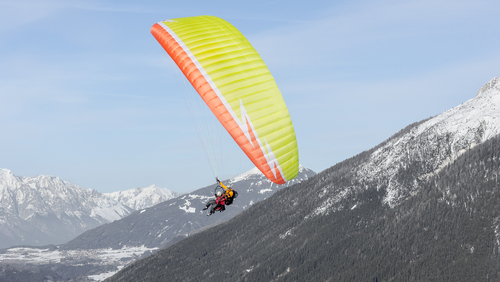 Tandempilot Lorenz Peer mit Nova Bion. Neustift im Stubaital.
Tandempilot Lorenz Peer mit Nova Bion. Neustift im Stubaital.Balanced in the air. Unlike solo wings, tandem gliders have to cope with a very large weight-range. Whether flown at the top or bottom of the weight-range, the glider has to remain easy to steer and must not develop high brake pressure. The BION offers the full package of pleasant handling across the entire weight-range as well as maintaining low break pressure.
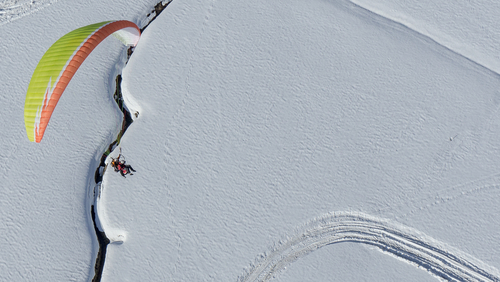 Tandempilot Lorenz Peer mit Nova Bion. Neustift im Stubaital.
Tandempilot Lorenz Peer mit Nova Bion. Neustift im Stubaital.No surprises. Anyone flying tandem not only has responsibility for themselves - they have to offer their passenger a safe experience too. This was our main concern when developing the BION. Thanks to its low aspect ratio its extreme flight behaviour is very manageable. The BION offers a very high degree of passive safety.
The BION technolgy
Technical data
| 33 | 37 | ||
|---|---|---|---|
| Number of cells | - | 43 | 43 |
| Projected span | m | 10,67 | 11,32 |
| Projected area | m² | 32,4 | 36,44 |
| Projected aspect ratio | - | 3,52 | 3,52 |
| Flat span | m | 14,18 | 15,05 |
| Flat area | m² | 39,1 | 44 |
| Flat aspect ratio | - | 5,14 | 5,14 |
| Line diameter | mm | 1,1 / 2,15 / 3,15 | |
| Line length | m | 7,67 | 8,14 |
| Total line length | m | 426 | 452 |
| Max. chord | m | 3,47 | 3,66 |
| Min. chord | m | 0,71 | 0,75 |
| Weight | kg | 7,5 | 8,5 |
| Recommended take off weight | kg | 90-200 | 115-230 |
| Certification (EN/LTF) | - | B | B |
Materials
| Leading edge: | Porcher Sport 9092 E75A 45 g/m² |
|---|---|
| Top surface: | DOKDO 30 DMF WR 41 g/m² |
| Bottom surface: | DOKDO 30 DMF WR 41 g/m² |
| Profile ribs (with line suspension point): | DOKDO 30 DFM RIB 41 g/m² |
| Profile ribs (without line suspension point): | DOKDO 30 DFM WR 41 g/m² |
| Main lines: | Edelrid A-6843-340 (Aramid); Edelrid A-6843-240 (Aramid) |
| Gallery lines: | Cousine 85 (Dyneema) |
| Brake lines: | Liros PPSL 120 (Dyneema); Edelird A-7850-360 (Dyneema) |
| Risers: | Guth & Wolf, 25 mm |
服务
每一个NOVA滑翔伞都自动拥有一整套额外的服务与保障。当您购买伞具时,您获得的不只是产品本身¹。
在伞具使用初期,伞绳第一次经受真实飞行状态的考验。不管使用哪一种伞绳材料,这个阶段伞绳都可能发生拉伸或缩短。通过NOVA Trim Tuning²(NTT伞形修正),我们用软件对伞具变形进行分析,测算出需要修正的参数。伞形修正既确保伞具安全,又提升飞行乐趣。
购买伞翼并成功将它在myNOVA注册后,您将获得一整年的全面保险(扣除:63.50欧元,包括增值税 /+邮费和包装费³)。您造成的破损,我们来买单。“NOVA保护”意味着您可以专注于重要的事情:飞行本身!如果您把伞弄坏了,我们来维修。
“NOVA全服务”不只是一次检查。就像“NTT伞具修正”一样,我们分析伞绳长度,以确保整个伞翼都被调整到了最佳伞形状态。这是对伞翼的一次全面健康体检。我们的“NOVA全服务”让您对爱伞充满信心。
如果您的伞接受过“NTT伞具修正”服务,下一次检查的时间就从两年延长到了三年。满两年的检查相应地变成满三年检查。这让您拥有多一年的无忧飞行。但请注意伞具说明书里规定的最大飞行小时数。
标准情况下,NOVA提供三年而非两年的保修。如果您的伞有接受“NTT伞具修正”和“NOVA全服务”的话,我们将把保修期再延长一年。让您飞NOVA伞飞得开心。
如果您在myNOVA注册您的伞,它就加入到了我们的“质量保障数据库”。在这个数据库里——登陆myNOVA——您可以下载关于您的伞的所有关键数据。这个数据库也会帮助工作人员能够方便快捷地“一键”了解您的伞。您的爱伞也将得到更全面的“体检”。
1 受条件限制,保修及服务在不同国家的提供情况有所区别,详细信息可查看我们的保修条款。
2 此服务包含在选定国家/地区的购买价格中。更多相关信息,请联系您的经销商。
FAQ
Performance data depends heavily on the drag created by the pilot and this is linked to their seating position and harness type. An aerodynamic harness or seating position can make the difference of one glide ratio point. We at NOVA never determine absolute performance data, instead we make comparisons with reference gliders. For this reason we do not publish performance data.
The brakes are components relevant to certification - modification can affect the flying characteristics and extreme flight behaviour. Because of this, we strongly advise against any modification of the brake system. It is important that the brake has sufficient travel before it engages. This is also important so that the wing does not brake automatically when the speed bar is used. Furthermore a brake that engages too early affects performance and influences the recovery during incidents, for example during a collapse or when the canopy goes parachutal.
Simplicity is our motto. Our wings can be packed using a concertina bag, but it is not essential. You can fold this wing using your preferred method and pack it in our stuff sack. Be careful not to bend the leading edge rods unnecessarily. This is particularly true if the wing is to be stored for longer periods or if it is packed tightly.
Sail cloth, lines and all other components are subjected to rigorous testing before they are used in serial production. We not only test the sail cloth for durability (high porosity or reduced tear resistance through UV damage or wear) but also for mechanical robustness, for example stretching. For quality control purposes we regularly take samples during serial production.
During the initial flights the lines are first subjected to load. This load induces a small degree of stretching and shrinking. These are not associated with the line manufacturers or the quality of workmanship - in the factory all NOVA paragliders are trimmed and pre-stretched to within a very low tolerance. To adjust this stretching or shrinking, we recommend that the wing is taken for NTT (NOVA Trim Tuning) after ten to twenty flights - after one year at the very latest. Generally, the line lengths remain constant after the first ten to twenty hours. To make full use of the NTT, NOVA encourages all pilots to have their wing checked after ten to twenty flying hours.
Dry, not packed too tightly and if possible in a space without wide temperature variations - these are the conditions that make our paragliders feel well. You should never store a wing when it is moist. You should also avoid excessive heat, like you would have, for example, in the car. Never remove dirt using chemical detergents and/or brushes.
 Green Fizz
Green Fizz Orange Flux
Orange Flux







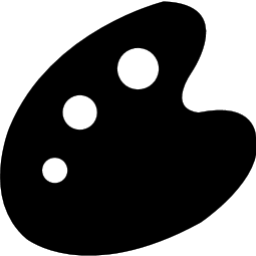

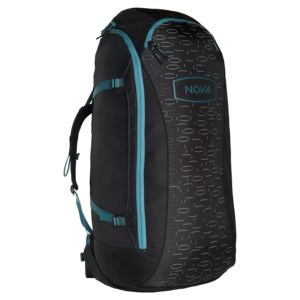 NOVA Rucksack.
NOVA Rucksack.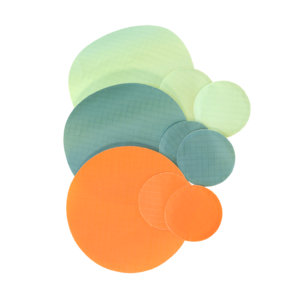 Repair kit.
Repair kit.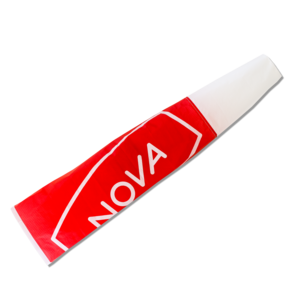 NOVA windsock.
NOVA windsock.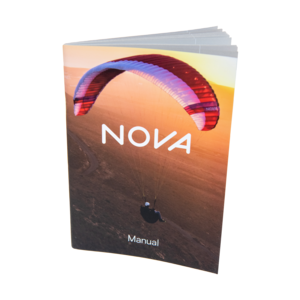 Manual.
Manual.